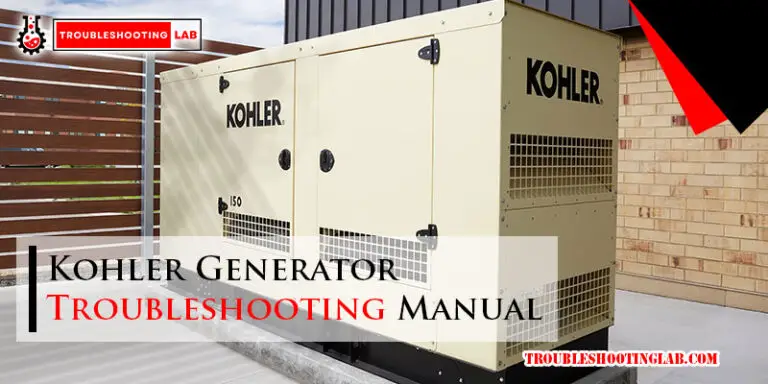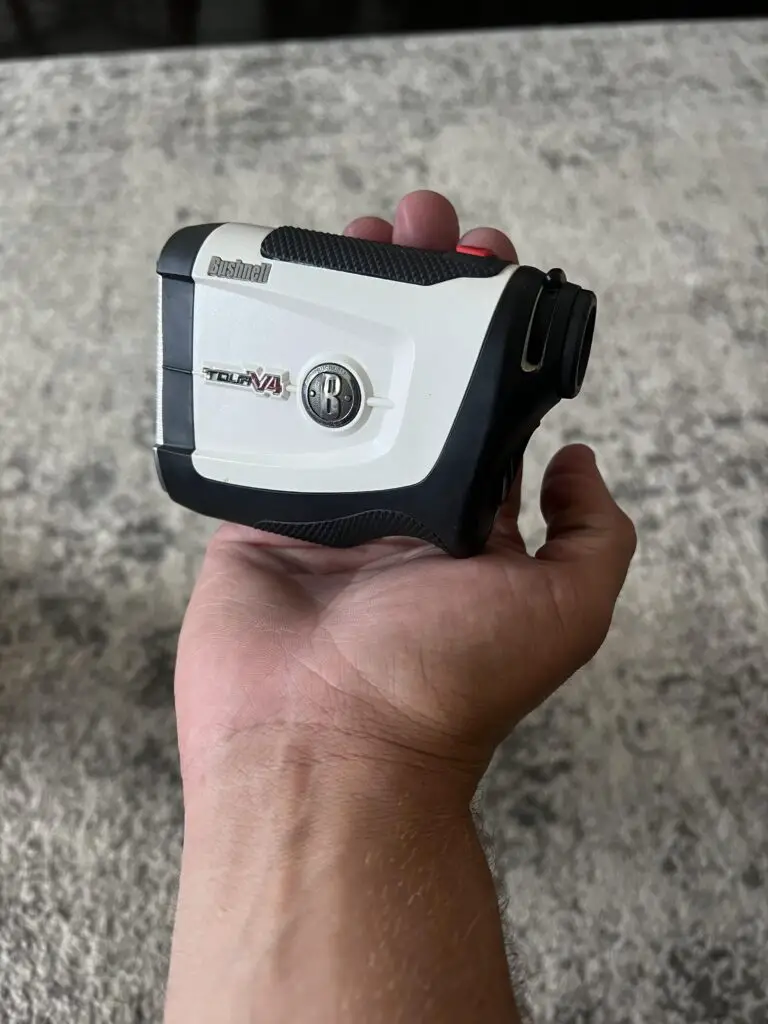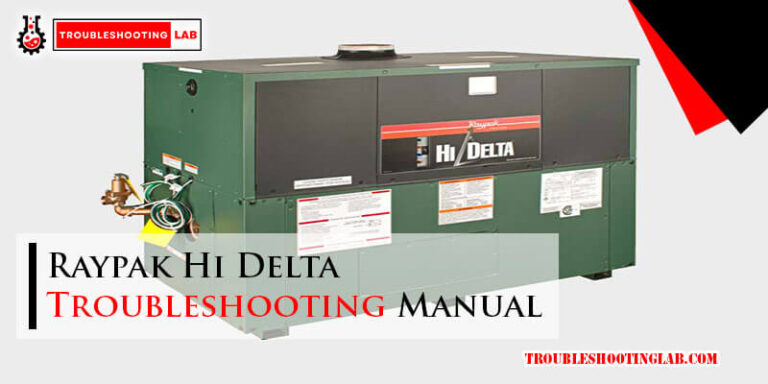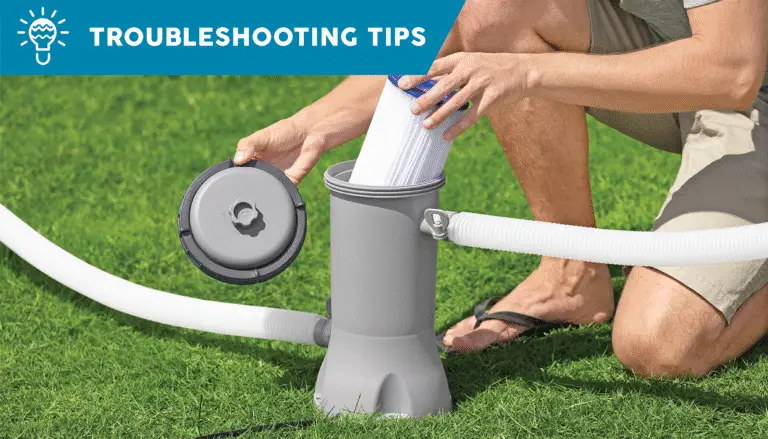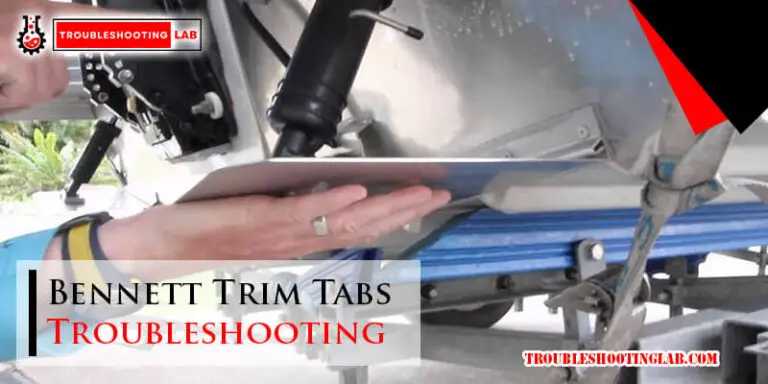Briggs Stratton Lawn Mower Engine Troubleshooting: Expert Tips
Lawn mowers are essential for a well-kept yard. Briggs Stratton engines power many of these machines.
Having trouble with your Briggs Stratton lawn mower engine can be frustrating. Whether it’s a sputtering sound, difficulty starting, or a complete failure, engine problems can hinder your yard work. Troubleshooting these issues is essential for a smooth mowing experience.
Understanding common engine problems and their solutions can save you time and money. In this guide, we’ll cover the basics of diagnosing and fixing issues with your Briggs Stratton engine. By following these steps, you can keep your lawn mower running efficiently and ensure your yard stays pristine. Let’s dive into the common problems and how to solve them.
Common Engine Problems
Owning a Briggs & Stratton lawn mower comes with the responsibility of proper maintenance. Yet, even with the best care, engine problems can arise. Knowing how to troubleshoot these issues can save you time and money. Below, we cover some of the most common engine problems you may face.
Engine Won’t Start
A lawn mower engine that won’t start is a common problem. Several reasons can cause this issue. Check the fuel level first. Ensure there is enough fuel in the tank. Old fuel can also cause problems. Replace it with fresh fuel.
Next, inspect the spark plug. A dirty or damaged spark plug can prevent the engine from starting. Remove the spark plug and clean it. If it is damaged, replace it.
Another common issue is a dirty air filter. A clogged air filter restricts airflow to the engine. Clean or replace the air filter if needed.
Finally, check the carburetor. A dirty carburetor can prevent fuel from reaching the engine. Clean the carburetor to ensure proper fuel flow.
| Problem | Solution |
|---|---|
| Low or old fuel | Fill tank with fresh fuel |
| Dirty spark plug | Clean or replace spark plug |
| Clogged air filter | Clean or replace air filter |
| Dirty carburetor | Clean carburetor |
Engine Stalls
Another common issue is the engine stalling. This can happen for several reasons. First, check the fuel cap. A clogged fuel cap can cause the engine to stall. Clean or replace the fuel cap if needed.
Second, inspect the fuel line. A blocked fuel line can restrict fuel flow to the engine. Clear any blockages or replace the fuel line.
Third, ensure the choke is in the correct position. A choke that is too open or closed can cause the engine to stall. Adjust the choke as needed.
Lastly, check the carburetor again. Similar to starting issues, a dirty carburetor can cause the engine to stall. Clean the carburetor to maintain proper fuel flow.
- Check and clean the fuel cap
- Inspect and clear the fuel line
- Adjust the choke position
- Clean the carburetor
Fuel System Issues
Fuel system issues can cause your Briggs Stratton lawn mower engine to malfunction. Understanding these problems can help you fix your mower quickly. Two common fuel system problems are dirty carburetors and clogged fuel filters.
Dirty Carburetor
A dirty carburetor can prevent your engine from starting. Dirt and debris can block the tiny passages inside. This blockage can disrupt the fuel flow. You might notice the engine sputtering or refusing to start.
Cleaning the carburetor can solve this issue. Remove it from the engine and clean it with a carburetor cleaner. Reassemble it carefully. This can restore proper fuel flow and improve engine performance.
Clogged Fuel Filter
A clogged fuel filter can also cause engine problems. The filter traps dirt and debris from the fuel. Over time, it can become clogged and restrict fuel flow. This can lead to engine sputtering or stalling.
Replacing the fuel filter is a simple fix. Locate the filter and remove it. Install a new filter in its place. This can ensure a clean fuel supply to the engine. Regularly replacing the fuel filter can prevent future issues.
Spark Plug Troubles
Experiencing issues with your Briggs Stratton lawn mower engine can be frustrating. One of the most common culprits is the spark plug. Spark plug troubles can lead to your lawn mower not starting, running erratically, or stalling. Properly checking and replacing the spark plug is essential for a smooth-running engine.
Checking Spark Plug
Begin by locating the spark plug. It is typically found on the front or side of the engine. Use a spark plug socket wrench to remove it.
- Inspect the plug for carbon build-up or debris.
- Check the electrode for wear and tear.
- Use a spark plug tester to see if it’s working.
Insert the plug back into the tester and ground it against the engine. Pull the starter cord to see if there is a spark. No spark indicates a faulty plug.
Replacing Spark Plug
If the spark plug is damaged or worn out, it needs replacement. Ensure you have the correct replacement plug for your Briggs Stratton engine.
- Remove the old spark plug using a socket wrench.
- Check the gap on the new plug. Adjust if necessary.
- Thread the new plug by hand to avoid cross-threading.
- Tighten the plug with a wrench. Avoid over-tightening.
After replacing the spark plug, reconnect the spark plug wire. Start your lawn mower to ensure it runs smoothly.
Regular maintenance of the spark plug ensures your lawn mower engine runs efficiently. Checking and replacing the spark plug can solve many engine problems.
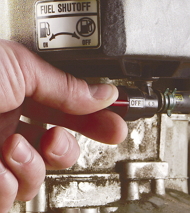
Credit: www.briggsandstratton.com
Air Filter Concerns
The air filter in a Briggs Stratton lawn mower engine is crucial. It keeps dirt and debris from entering the engine. A dirty or clogged air filter can cause engine performance issues. Regular maintenance of the air filter ensures optimal functionality.
Cleaning Air Filter
Cleaning the air filter is a simple task. Follow these steps to ensure your air filter is clean:
- Turn off the engine and disconnect the spark plug wire.
- Remove the air filter cover. This is usually secured with clips or screws.
- Take out the air filter carefully. Be gentle to avoid dirt falling into the intake.
- If the air filter is made of foam, wash it with mild detergent and water. Rinse thoroughly and let it dry completely.
- For paper air filters, gently tap it to remove loose dirt. Use compressed air to blow out remaining debris, if available.
- Reinstall the air filter and secure the cover back in place.
- Reconnect the spark plug wire.
Replacing Air Filter
Sometimes, the air filter is too dirty to clean. In such cases, replacement is necessary. Here’s how to replace the air filter:
- Turn off the engine and disconnect the spark plug wire.
- Remove the air filter cover.
- Take out the old air filter.
- Inspect the new air filter to ensure it matches the old one.
- Install the new air filter. Make sure it fits snugly in the housing.
- Secure the air filter cover back in place.
- Reconnect the spark plug wire.
A clean and functioning air filter is key to maintaining your lawn mower engine’s performance. Regular checks and maintenance can prevent many engine problems.
Oil And Lubrication
Proper oil and lubrication are vital for your Briggs Stratton lawn mower engine. These ensure smooth operation and prevent damage. Regular checks and oil changes can extend the life of your engine. Let’s dive into the details.
Checking Oil Level
First, park the mower on a flat surface. This helps in getting an accurate oil level reading. Next, clean the area around the dipstick. This prevents dirt from getting into the engine. Remove the dipstick, wipe it clean, and reinsert it fully. Then, pull it out again to check the oil level. The oil should be between the full and add marks. Add oil if the level is low, but avoid overfilling.
Changing Engine Oil
Changing the engine oil is a simple task. First, run the engine for a few minutes. Warm oil flows out easier. Turn off the mower and disconnect the spark plug for safety. Place an oil pan under the drain plug. Remove the plug and let the oil drain completely. Replace the plug and fill the engine with the recommended oil type. Check the oil level to ensure it is correct. Finally, dispose of the used oil properly. Your local auto parts store can help with this.
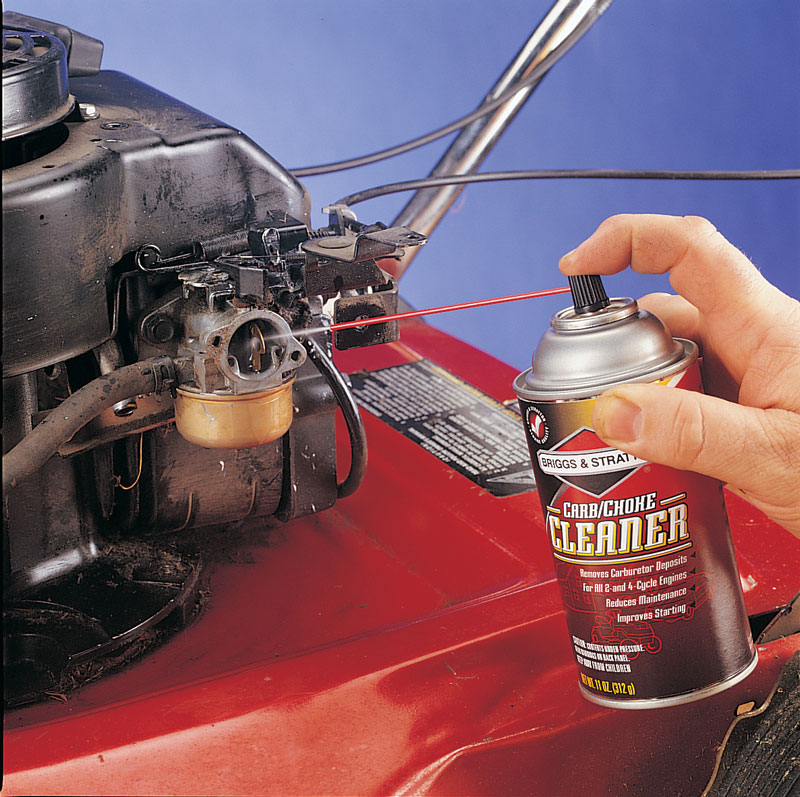
Credit: www.briggsandstratton.com
Blade And Deck Problems
Blade and deck problems can significantly impact the performance of your Briggs Stratton lawn mower. A dull or damaged blade may leave your grass uneven, while a clogged deck can hinder the mower’s ability to cut efficiently. Regular inspection and maintenance of the blade and deck can help keep your lawn mower running smoothly.
Inspecting Blades
Start by turning off the mower and disconnecting the spark plug. This ensures safety during the inspection. Check the blade for any signs of wear or damage. Look for cracks, bends, or chips. A damaged blade can cause uneven cutting and strain the engine.
If you find any damage, it’s best to replace the blade. Use a wrench to remove the blade bolt. Make sure to install the new blade tightly. Balance the blade before reinstalling it to avoid vibrations.
Cleaning Mower Deck
A clean mower deck improves cutting performance. Grass clippings and debris can build up, reducing airflow and efficiency. Begin by turning off the mower and disconnecting the spark plug. Tip the mower on its side, with the air filter facing up.
Use a brush or scraper to remove the grass and debris. Pay special attention to the area around the blade. A clean deck ensures smooth operation and extends the life of your mower.
Regular maintenance of the blade and deck can prevent many common lawn mower issues. Keeping these components in good condition will help your Briggs Stratton mower perform at its best.
Battery And Electrical
A well-functioning battery and electrical system is crucial for your Briggs & Stratton lawn mower engine. Problems in these areas can lead to starting issues or even a complete breakdown. This section will guide you through testing the battery and inspecting electrical connections. These steps will help you identify and resolve common issues.
Testing Battery
Start by testing the battery. A weak or dead battery can prevent your mower from starting. Follow these steps:
- Turn off the engine and remove the key.
- Use a voltmeter to check the battery voltage.
- Connect the voltmeter’s red lead to the battery’s positive terminal and the black lead to the negative terminal.
- A fully charged battery should show 12.6 volts or higher. If the voltage is lower, charge or replace the battery.
If your battery does not hold a charge, it might be time for a replacement. Ensure that the new battery matches the specifications of your lawn mower model.
Inspecting Electrical Connections
Electrical connections can sometimes become loose or corroded. Inspect all connections for signs of wear and tear. Follow these steps:
- Turn off the engine and remove the key.
- Check the battery terminals for corrosion. Clean them if needed.
- Ensure that all wires are firmly connected and not damaged.
- Inspect the ignition switch and safety switches for proper operation.
Corroded terminals can be cleaned using a wire brush and a mixture of baking soda and water. Tighten any loose connections and replace damaged wires.
By keeping the battery and electrical connections in good condition, you ensure reliable performance from your Briggs & Stratton lawn mower engine.
Routine Maintenance Tips
Keeping your Briggs Stratton lawn mower engine in peak condition requires regular maintenance. Simple routines can prevent breakdowns and extend the engine’s lifespan. Let’s explore some essential tips.
Regular Inspections
Performing regular inspections is crucial. Check the engine oil before every use. Low oil levels can cause severe damage. Use a clean rag to wipe the dipstick before checking the oil level.
Inspect the air filter. A clean air filter ensures proper air flow. Remove the air filter cover and check for dirt. If it’s dirty, clean or replace it.
Check the spark plug. A clean spark plug ensures efficient combustion. Remove the spark plug wire and use a spark plug wrench. Inspect for wear and replace if necessary.
Seasonal Storage
Proper storage during off-season is vital. Drain the fuel tank before storing the mower. Old fuel can clog the carburetor.
Clean the mower deck. Grass clippings can cause rust. Use a brush and water to clean it thoroughly.
Store the mower in a dry place. Moisture can cause parts to rust. Cover the mower to protect it from dust and debris.
| Task | Frequency |
|---|---|
| Check engine oil | Before each use |
| Inspect air filter | Monthly |
| Check spark plug | Annually |
| Drain fuel | Before storage |
| Clean mower deck | Before storage |
Following these routine maintenance tips will ensure your Briggs Stratton lawn mower engine runs smoothly and efficiently. Simple actions can prevent costly repairs and extend the life of your mower.

Credit: m.youtube.com
Frequently Asked Questions
Why Won’t My Briggs & Stratton Lawn Mower Start?
Check the fuel level, spark plug, and air filter. Ensure fresh fuel is used.
How Do I Fix A Briggs & Stratton Engine That Won’t Stay Running?
Inspect the air filter, fuel lines, and carburetor. Clean or replace as needed.
What Causes Briggs & Stratton Engines To Overheat?
Blocked cooling fins, low oil levels, or dirty air filters can cause overheating.
Why Is My Briggs & Stratton Engine Smoking?
This could be due to oil overfill, clogged air filter, or worn engine parts.
How Do I Clean A Briggs & Stratton Carburetor?
Remove the carburetor, use a carb cleaner, and reassemble. Follow the manual for detailed steps.
Conclusion
Maintaining your Briggs Stratton lawn mower engine ensures smooth operation. Troubleshooting common issues can save you time and money. Regular checks and simple fixes often solve most problems. Keep your engine clean and replace worn parts promptly. Stay proactive with maintenance to avoid bigger issues later.
Now, you should have the confidence to tackle engine problems. Happy mowing!

